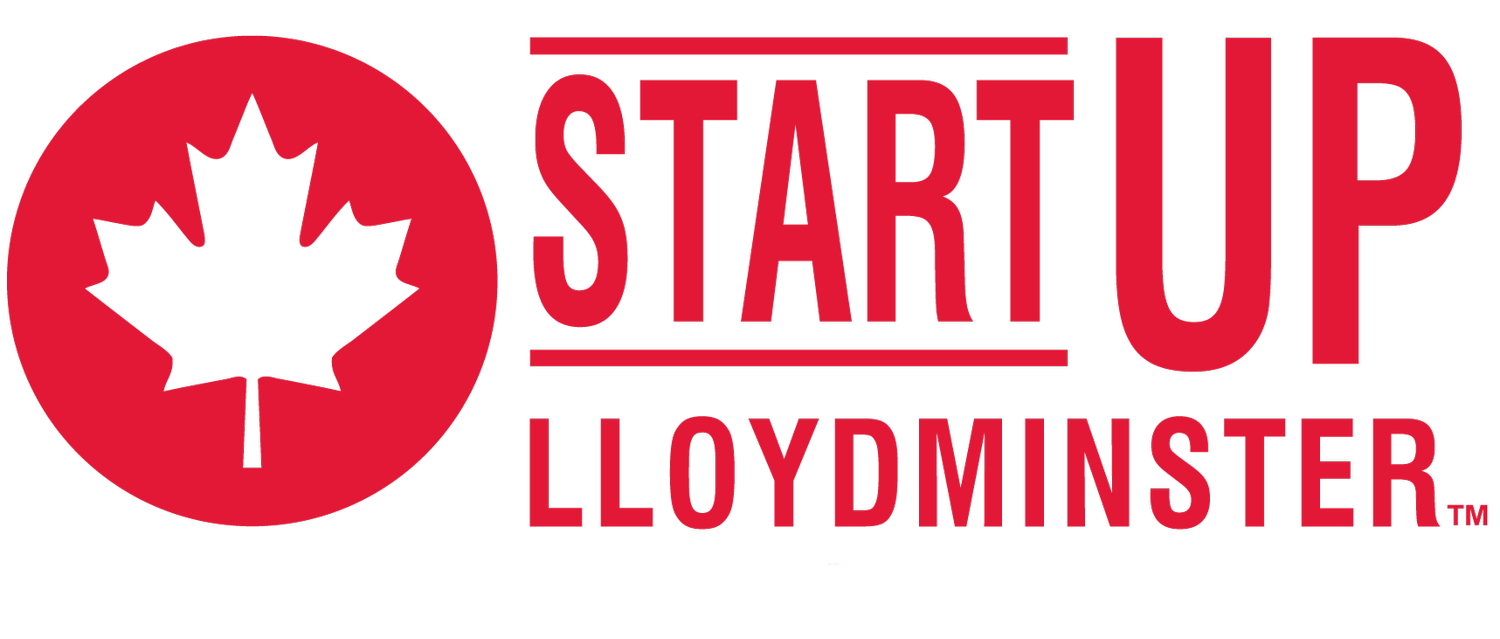Layoff, Termination, and Resignation
LAYOFF & TERMINATION
Making the decision to dismiss an employee is typically a reluctant and painful one. The employee-employer contract (Employment Agreement) that was signed by both parties at the beginning of the employment contains specific information regarding termination of the relationship.
Employers are advised to ALWAYS seek legal advice when considering any type of disciplinary action PRIOR to implementation of a layoff or termination of an employee. Your legal counsel can provide you with the step-by-step process needed, support the production of letters and notices, and ensure you have executed ‘due process’ (following appropriate established rules and procedures, and giving the employees the opportunity to respond to allegations).
The following websites provide Employment Standards information for Alberta and Saskatchewan to guide employers through discipline and dismissal (layoff, termination) situations. The websites describe the conditions under which the employer can and cannot dismiss an employee and the rights and obligations of each party.
RESIGNATION
Valued employees do leave our organizations when seeking new challenges, the opportunity to enhance the career and for personal reasons. Those occasions are bittersweet: as much as we sometimes feel it is ‘personal’, please do NOT accept the resignation of this employee as being something against you. It rarely is. Instead, we are happy for the individual’s success yet sorry to see them leave and we wish them well in their future.
Employee Obligations
The employee has obligations to maintain when resigning from the organization. The required notice period is described in the Employment Agreement/Letter of Hire and is role and situation-dependant. Some Agreements specify two weeks, one month, two months even, depending on the level of the individual within the organization. Sometimes the notice period can be re-negotiated for certain circumstances (i.e. illness, family needs) however the notice period must be agreeable to both parties.
The Alberta and Saskatchewan websites outline notice periods for employees resigning from positions:
Employer Obligations
When an employee provides the formal, written resignation notice, you will want to notify the Payroll Administrator to ensure vacation, sick time and any other entitlements owing to the employee are paid on the final paycheque and within the required timelines. The websites listed above list the guidelines for payment of vacation pay.
The Payroll Administrator will create and file the Record of Employment with the Government of Canada (Service Canada) to ensure Employment Insurance (EI) benefits are updated with the employment history of this individual.
Retain the Employee’s resignation notice and the Employer copy of the Record of Employment in the employee’s HR file. The HR file contents are retained for seven (7) years.
On or before the employee’s final day of employment, supervisor/manager tasks include:
Advising IT to cancel email and access to the business software solutions.
Receiving company property: laptop, FOB, cell phone, parking pass, security pass, office keys and any other specific property that should be returned.
Informing the team and the broader organization of the employee’s impending departure date.
Scheduling and conducting the final meeting with the employee to thank him/her for their service and to wish him/her success in the next step of the career.
Reflect on your own leadership of the employee throughout his/her time with your business:
What are you proud of?
What would you do differently?
What did you learn from this individual?
What do you think he/she learned from you?
Will someday the individual say “My best leader ever was …….YOU”!
Check here for leadership advice/guidance/development support.
Back to the Recruitment task at hand, though…..
Reviewing the job description and updating it to reflect current role responsibilities
Creating the position posting to recruit for the vacancy.
Remember to look within your business to determine who is qualified or can be developed to grow into this new opportunity. Hiring from within is the best recognition for employee development, retention and attracting the right ‘best fit’ new talent into your business.
You’re ready for your future!
